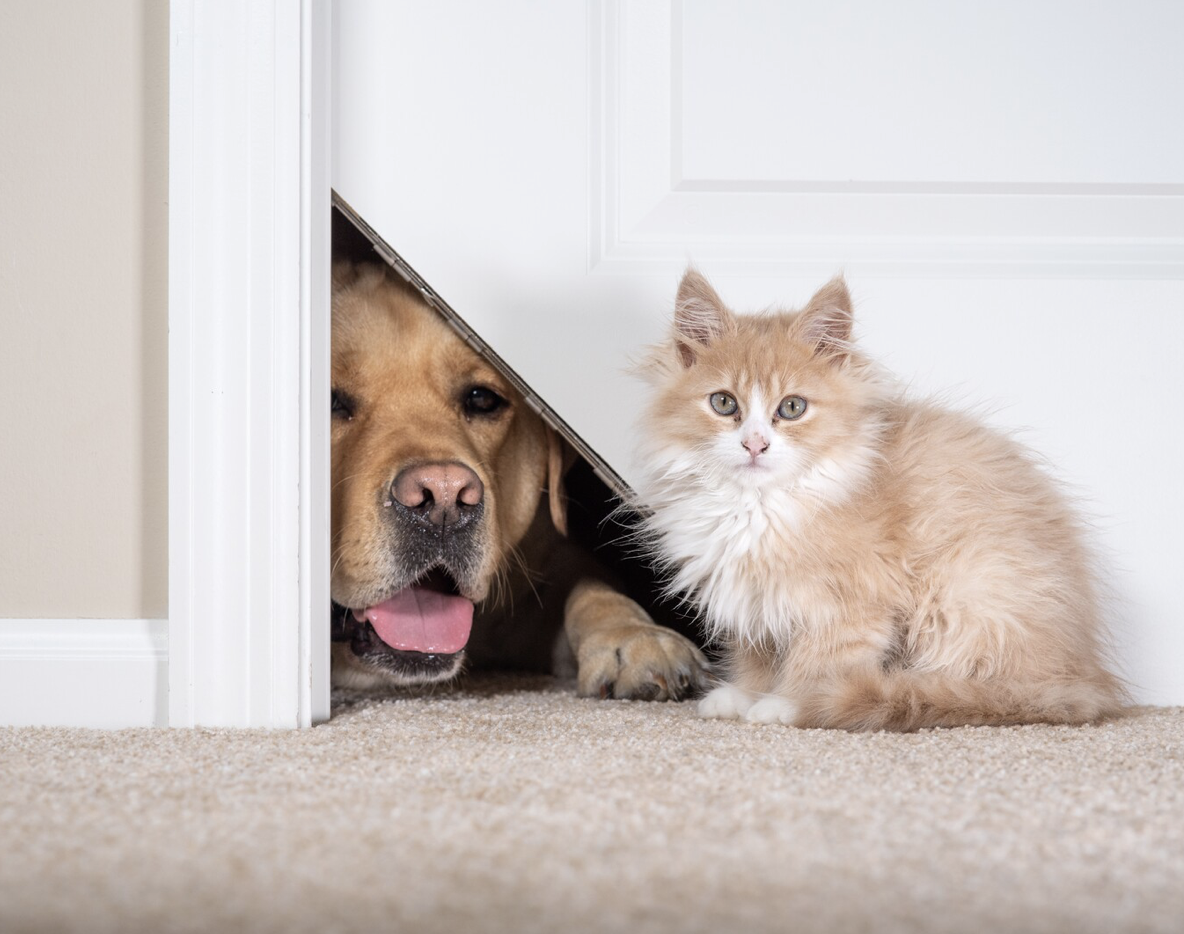Ever wondered if your pet gets bored of eating the same food or playing the same games every day?
Just like us, pets enjoy a little change now and then. But the trick is doing it without stressing them out.
So how do you bring in variety—whether it’s food, toys, or routines—without overwhelming your furry friend?
Let’s break it down in a way that keeps your pet happy, relaxed, and curious in all the right ways.
Why Variety Is Good for Pets
Pets love routine, but they also enjoy a bit of fun and surprise. Switching things up once in a while can be good for their health and happiness. It helps with mental stimulation, reduces boredom, and even keeps their senses sharp. Whether it’s a new toy, a different walking path, or a fresh treat, small changes can spark excitement in their day.
For pets that stay indoors a lot, variety helps prevent boredom-related behaviours like chewing furniture or scratching things they shouldn’t. For pets that love the outdoors, it can make daily activities like walks or training more engaging.
Start Small and Observe
The key to adding variety is going slow. Animals, like people, take time to adjust to new things. Sudden changes might make them anxious or even cause them to avoid something they usually enjoy.
Start by making small adjustments.
For example, if you’re trying new food, mix a little bit with their regular meal. If it’s a new toy, introduce it during a play session they already enjoy. Watch how your pet reacts. If they seem interested and calm, you’re on the right track. If they avoid it or act unsure, give them a bit more time.
Food Variety Without Upsetting Their Tummy
Changing a pet’s food too quickly can sometimes cause stomach discomfort, so always introduce new food slowly. Mix a small portion of the new food with their regular meal and gradually increase it over a few days.
You can also add safe toppers like a spoonful of plain yogurt, steamed veggies, or shredded chicken to their existing food for variety. Make sure the ingredients are pet-friendly and don’t contain anything harmful. Always check with your vet before giving them something new, especially if your pet has any allergies.
Snacks are another easy way to bring in variety. Try different textures and flavours in small amounts. Just be sure to keep it balanced so treats don’t replace their regular meals. Similarly, balance matters in your online presence too, knowing how to remove negative content & information from Google can help you maintain a healthy digital reputation, just like you would for your pet’s health.
Change Playtime Without Losing Routine
Playtime is a great opportunity to introduce new things without disrupting your pet’s routine. Instead of changing everything at once, rotate their toys every few days. This keeps the toys feeling fresh without overwhelming them.
You can also bring in toys that engage their senses. Some pets love toys with different sounds, scents, or textures. Just make sure each new toy is safe for its size and chewing style.
Interactive play like fetch, tug, or puzzle toys also adds variety to the way your pet uses their mind and body. They love the attention and stimulation, and it keeps them happy without making things complicated.
Exploring New Environments the Easy Way
Pets benefit from exploring new places, but it’s important to do this calmly and positively. For dogs, this could be as simple as walking in a different direction, visiting a new park, or letting them sniff around new areas. For cats, try placing a new scratching post, climbing tower, or window perch in a different spot in your home.
If you’re taking your pet to a new place, bring something familiar like their blanket or favorite toy. This gives them a sense of comfort and helps them feel safe while they take in new sights and smells.
Always let them set the pace. Some pets will jump right into exploring, while others might take it slow. Either way is fine, your job is to give them the space and time to enjoy it.
Keep Routine as the Foundation
Even though variety is great, your pet still needs a steady routine. Feeding times, potty breaks, and bedtime should stay predictable. A solid routine helps pets feel secure, especially when you’re introducing new things. It’s like giving them an anchor so they’re not overwhelmed by change.
Think of it this way, routine provides the structure, and variety adds the fun. When both are balanced, your pet feels confident and curious at the same time.
Use Positive Reinforcement
When you introduce something new, always use positive reinforcement. Give them praise, pets, or a small treat when they explore or try the new item. This makes the experience fun and helps your pet build positive associations with new things.
Over time, they’ll become more open to change because they know good things follow. This is especially helpful for shy or sensitive pets who might take longer to warm up to something different.
Match Variety With Your Pet’s Personality
Not all pets enjoy the same types of variety. Some are adventurous and love every new toy or snack you offer. Others prefer familiarity and might need more time with new things. That’s okay.
Pay attention to how your pet responds and tailor the changes to suit their comfort level. If your dog gets super excited about walks, you can switch routes often. If your cat loves quiet playtime, try new feather toys or a different hiding box instead of noisy gadgets.
The goal is to keep things interesting, not to overwhelm them. So, always go at their pace and choose things that match their energy and personality.
Add Variety to Training and Learning
Training is another way to add positive variety to your pet’s life. You can teach them new tricks or commands using rewards. This keeps their mind active and helps them bond with you. Try practicing tricks in different parts of the house or during walks. Small changes in the setting can make it more fun.
You can also introduce simple problem-solving games or nose-work challenges using treats or toys. These keep your pet engaged and can be a fun break from the usual play. Just like pets benefit from new forms of engagement, platforms like CloutRep help individuals and professionals stay visible and active in the digital space, showcasing personality, skills, and presence in fresh, creative ways.
Wrapping It Up
Bringing variety into your pet’s life can be a wonderful way to keep them happy, healthy, and mentally sharp. The secret is to start small, stick to routines where it matters, and match new experiences with what your pet enjoys most. With a little care and attention, you can keep life exciting for your furry friend—without any stress. They’ll thank you for it in tail wags, purrs, and plenty of cuddles.












